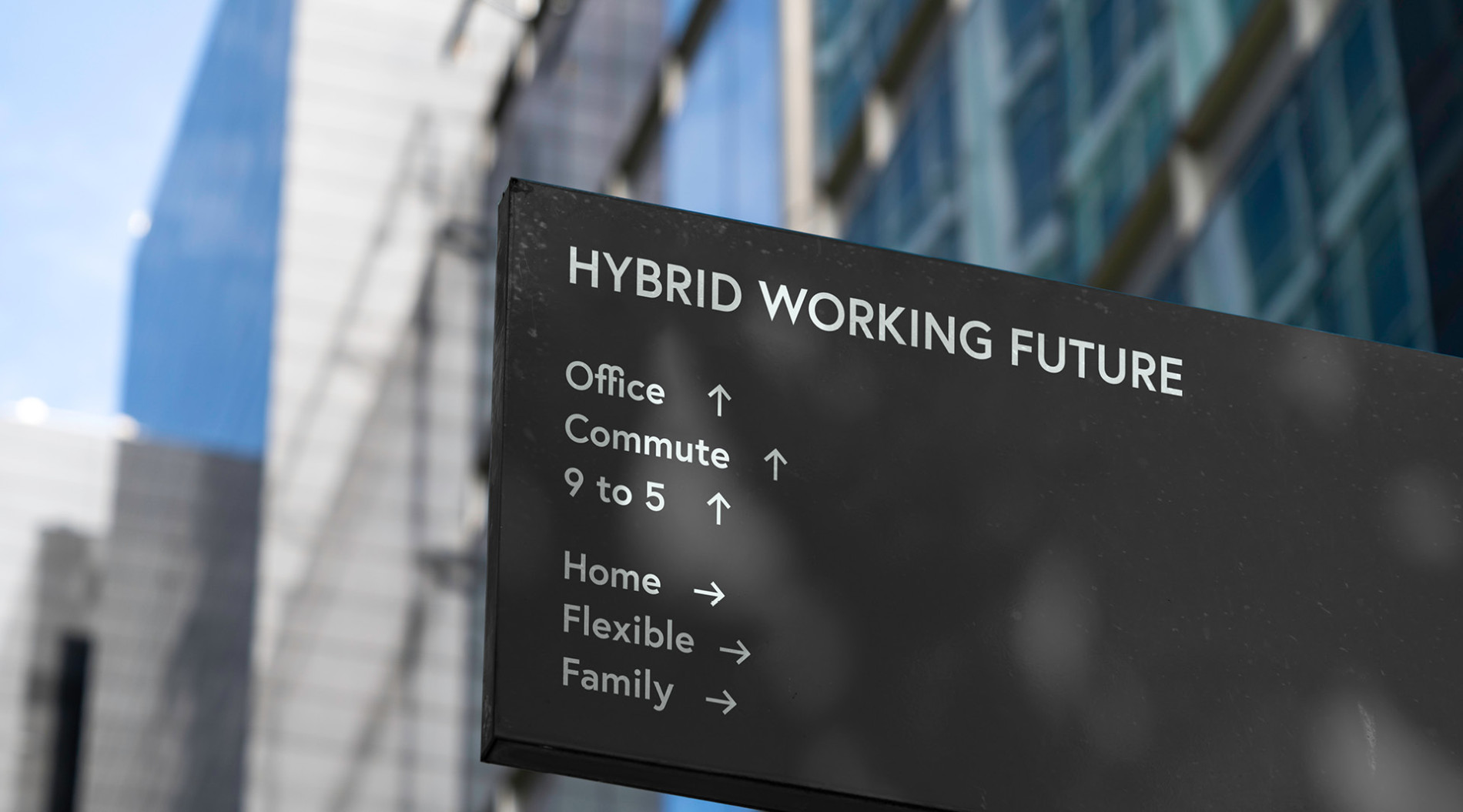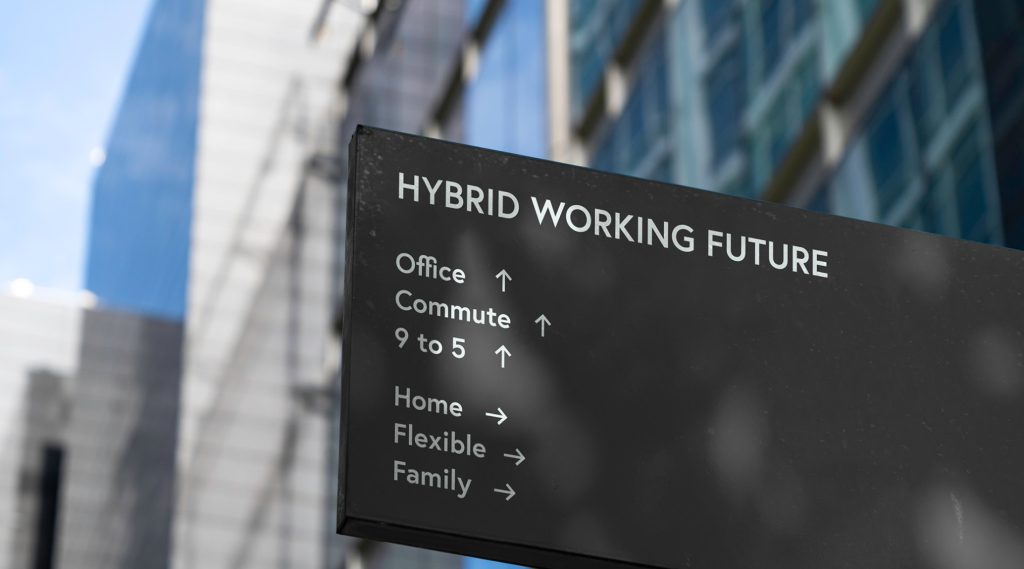Tech Talent Recruitment Outlook 2023: Big Tech’s Loss can be the Public Sector’s Gain
Screwing the COVID genie firmly back into its bottle hasn’t been great for every organisation.
Take the tech giants, for example. Big Tech went on a hiring spree during the pandemic, when business was booming as a result of the need for remote work and a major increase in e-commerce. Now that the situation has returned to something close to normal they’re looking at significant revenue declines, and are shedding huge numbers of staff in a desperate attempt to rein in costs.
In 2022, companies like HP, Cisco, Amazon, Meta, Twitter and Microsoft, as well as many smaller tech companies, laid off more than 160,000 employees. A further 120,000 tech workers have already lost their jobs in 2023. This includes some Australian employees of US tech giants, but smaller Australian-based technology organisations are also making cuts.
While this is obviously a grim situation for the employees concerned, it offers a significant opportunity for Australian government sector recruitment to attract the top technology talent it so urgently needs. Current tech talent acquisition trends mean that it’s now time to make a move by presenting the public sector as secure, inspiring, and full of specialist openings.
Government jobs appeal as a bastion of security in uncertain times
Successful recruiting – including government sector recruitment – depends to a large extent on seeing things from a candidate’s point of view. That means not only improving the candidate experience during the hiring process, but also trying to understand the candidate’s motives in applying for the position. In an era of uncertainty in the private sector for technology recruitment, it’s worth assuming that job security is higher on a candidate’s list than it may have been in the past.
The stability of public sector employment can be promoted to tech candidates by highlighting:
- Stable funding. Public sector jobs are funded by government budgets, which are usually more stable and predictable than the revenues of private companies. They are less likely to be affected by fluctuations in the economy or changes in the business environment.
- Strong job security protection. There’s protection against arbitrary firing or layoffs, often accompanied by robust union representation.
- Long-term planning. Some government roles involve work on long-term projects, such as infrastructure development or social programs. These projects tend to be less susceptible to short-term economic fluctuations, and therefore less likely to undergo sudden changes or cancellations.
- Superannuation and other benefits. Government jobs often come with more generous benefits and pensions than comparable private sector jobs.
Technology experts are looking for purpose
The kind of tech experts you will want to target in government sector recruitment are looking for much more than job security, however. They’re also likely to be seeking an organisational culture that values technology and has a meaningful purpose, and a role that involves working on interesting problems or developing innovative solutions to important social issues.
Public sector projects where technology talent can have a significant impact include:
- Large-scale projects such as building smart cities, new transportation systems or clean energy schemes.
- Social issues, developing programs that improve access to healthcare, education and job opportunities.
- Disaster response and management, for example developing emergency response applications, or deploying high tech sensors to predict and detect bushfires.
Although not all technology roles have such an obvious impact, it’s not too difficult to highlight the community service aspect of jobs in healthcare, education, defence, law enforcement, transport, public broadcasting, government infrastructure and the many other amenities governments are expected to provide.
The public sector can be a magnet for both cyber attacks and cyber security talent
In 2019, the Australian Cyber Security Growth Network reported that there was a severe shortage of job-ready cyber security workers, and that nearly 17,000 more would be needed by 2026. Despite the growth in cyber security education courses, the increasing number of graduates was not considered sufficient to meet the growing shortfall, and the gap is likely to have widened in the wake of recent high profile cyber attacks and data breaches in both the private and public sectors.
The data breaches at Optus and Medibank received plenty of media attention, but the public sector is also a clear target, as evidenced by breaches at ANU, Service NSW, Ambulance Tasmania, the Northern Territory Government, the WA Parliament, and even the Australian Parliament House network.
However, top talent usually relishes both a challenge and the option for further skills development, so it’s worth emphasising the opportunities to work in – and move between – demanding cyber security roles in:
- Federal, state and local government agencies who need to protect systems and data from cyber attacks.
- Law enforcement organisations, such as the Australian Federal Police and the Australian Criminal Intelligence Commission, who investigate cyber crimes and prosecute cyber criminals.
- Intelligence agencies, including both ASIO and ASIS, who protect national security and gather intelligence on foreign cyber threats.
- Critical infrastructure projects, such as power grids and water and transportation systems, which need to be protected from cyber attack.
- Regulatory agencies, like the ACCC, ASIC, APRA, the Australian Cyber Security Centre, and many more at both federal and state level, who ensure that companies are complying with cyber security regulations.
Judicious government advancements in AI should motivate specialist candidates
Government entities throughout Australia are increasingly investing in AI technologies and solutions for many applications, including:
- Government service chatbots
- Traffic monitoring
- Detection of physical and cyber security breaches
- Threatened species identification and monitoring
- Predictive algorithms to reduce road accidents
- Military defence training using virtual reality
Although there will be even more planning for public sector use of AI in 2023, the approach is likely to be more cautious – and involve plenty of public consultation – following the disastrous outcomes of Centrelink’s controversial ‘Robodebt’ automated debt assessment and recovery scheme. However, the growing AI opportunities, coupled with an inside knowledge of the potential drawbacks and dangers, may inspire AI specialists to put up their hand, even though they may never have been attracted by public sector recruitment in the past.
Promising tech talent acquisition trends
The modest easing in the tech talent market is encouraging, but will be only temporary since thousands of Australian businesses will seek to benefit by quickly recruiting the suddenly available candidates. However, the public sector can also avail itself of the opportunity, and possibly gain an edge, by emphasising the security and contribution to the community of government jobs, as well as the many opportunities for advancement in cyber security and AI.
Adecco is proud to be partnered in connecting the Australian public sector with technology talent, to build a strong technology workforce that can drive innovation and progress in the coming years.












